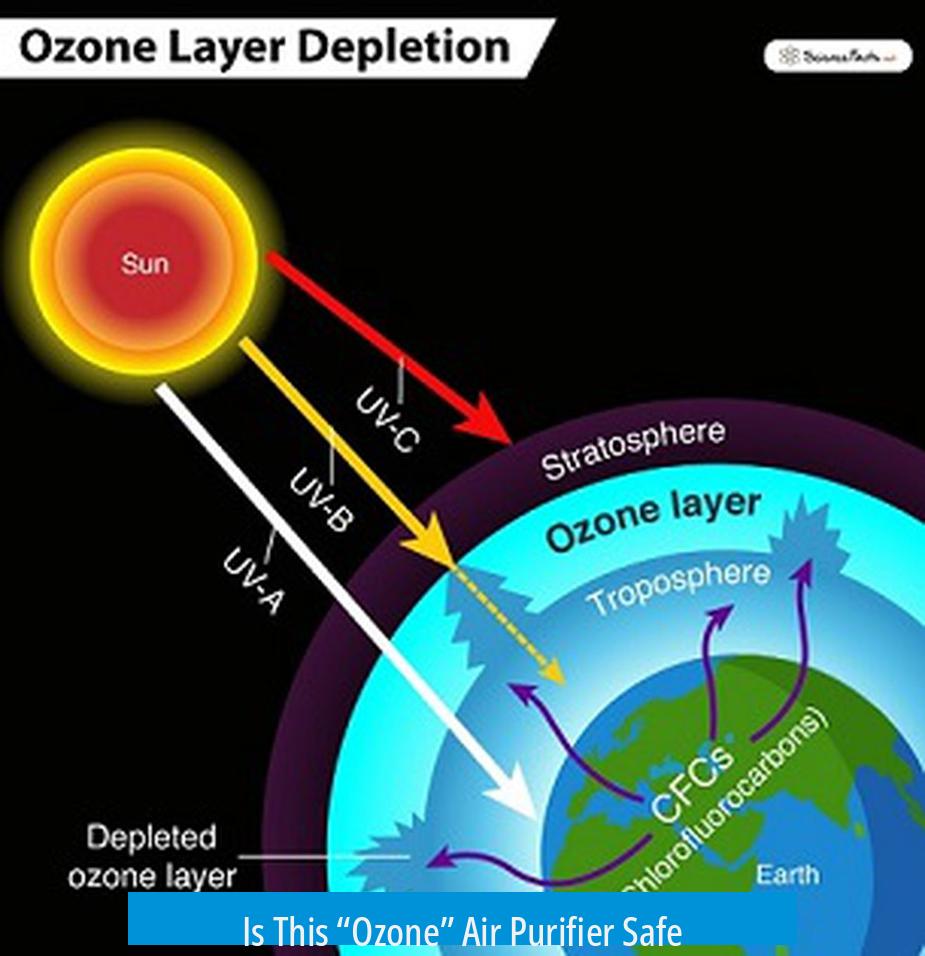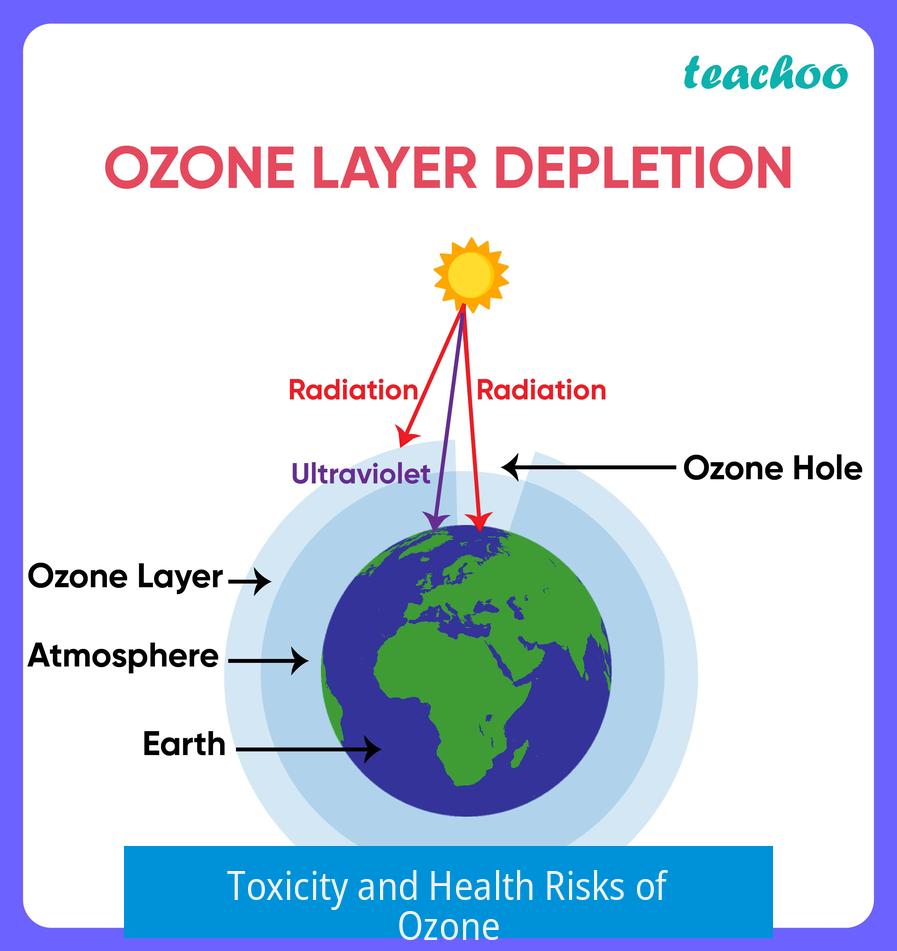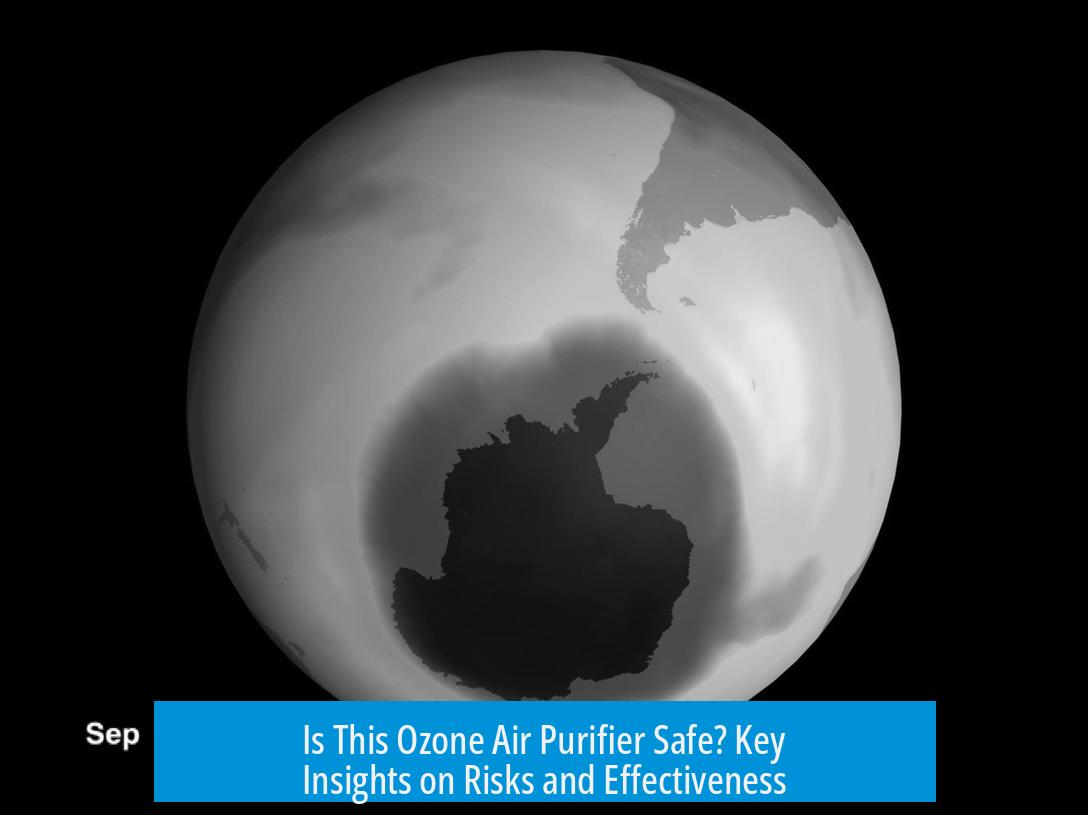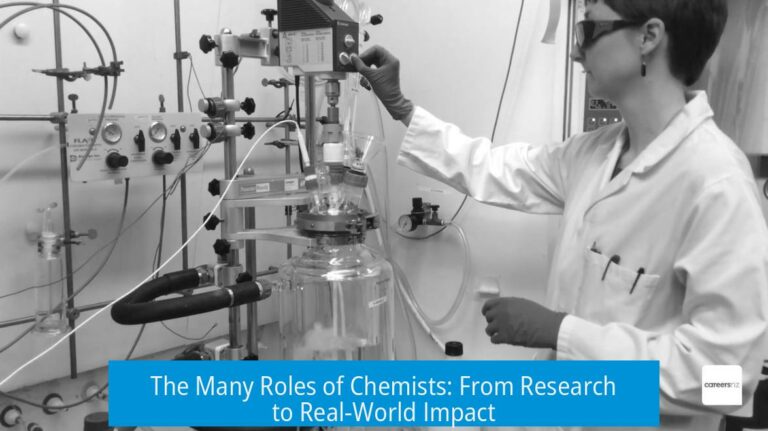Is This “Ozone” Air Purifier Safe?

Ozone air purifiers are generally not safe for regular use in occupied spaces. The U.S. Environmental Protection Agency (EPA) and health experts recommend against using ozone generators as air cleaners due to their health risks and limited effectiveness. If an ozone purifier emits low levels of ozone to stay within safety limits, it is unlikely to improve indoor air quality meaningfully. Conversely, if it emits higher ozone levels, it poses serious health risks. The consensus is clear: avoid using ozone air purifiers in your home.
Understanding Ozone and Ozone Air Purifiers
Ozone (O3) is a molecule made of three oxygen atoms. It is a powerful oxidizer with strong reactivity. In the upper atmosphere, ozone protects life by blocking ultraviolet radiation. Near the ground, however, ozone is considered a harmful air pollutant.
Ozone air purifiers generate ozone electrically. They are marketed with the claim that ozone oxidizes and kills microbes, removes odors, and neutralizes allergens. However, the same reactive properties that make ozone effective as a disinfectant also cause harm to living tissue at elevated levels.
How Ozone Air Purifiers Work
- Expose indoor air to ozone generated by high voltage or corona discharge mechanisms.
- Ozone reacts with organic compounds, allegedly breaking down odors and microbes.
- Ozone quickly decomposes back to oxygen, leaving no chemical residue.
Despite these principles, real-world application is much more complex and often problematic.
Toxicity and Health Risks of Ozone

Ozone is toxic when inhaled even at low concentrations. The EPA classifies ozone as a harmful air pollutant with well-documented adverse effects on respiratory health.
- Ozone irritates the respiratory tract, causing throat irritation and coughing.
- Exposure can worsen asthma symptoms and trigger bronchitis or other lung diseases.
- Long-term exposure might damage lung tissue and reduce lung function.
Pets and sensitive populations, such as children, elderly, and those with respiratory issues, are especially vulnerable.
The odor of ozone is often described as sharp or similar to bleach or burning electronics. However, many people cannot detect ozone before symptoms develop. This makes it risky to rely on smell as a warning.
Health Exposure Limits
| Organization | Exposure Limit | Measurement Basis |
|---|---|---|
| OSHA | 0.1 ppm (parts per million) | 8-hour average |
| EPA | Close to zero recommended indoors | General indoor air quality advisory |
Many ozone generators emit concentrations above these limits, especially if used improperly.
Effectiveness and Limitations of Ozone Purifiers
Although ozone is effective at oxidizing organic compounds in laboratory settings, its effectiveness as a consumer air purifier is limited and inconsistent.
- Ozone concentrations required to kill microbes or remove odors are often above safe exposure limits for humans.
- Low ozone output units emit ozone at levels too low to affect air quality, rendering them ineffective air cleaners.
- Ozone oxidizes both harmful microbes and beneficial microbiomes indiscriminately, potentially disrupting healthy indoor environments.
- Ozone can damage indoor materials such as rubber, carpets, and electronics due to its strong oxidizing nature.
Many ozone air purifiers on the market are cheaply built. Some consist of minimal components and may not have reliable output controls. This raises concerns about unpredictable ozone release and safety hazards.
Usage Guidelines and Safety Precautions
Experts who acknowledge scenarios for ozone generator use emphasize strict precautions:
- Run ozone purifiers only in unoccupied spaces.
- Operate the device for a limited time (e.g., 6 hours) with no people or pets present.
- After operation, ventilate thoroughly by opening windows for 30-60 minutes or until ozone smell is undetectable.
- Do not breathe in ozone directly or remain in treated rooms immediately after use.
Ozone has a short life in air, decaying in roughly 7 to 10 minutes depending on temperature and airflow. Nevertheless, residual ozone gas can remain long enough to cause irritation and harm if inhaled.
Important Considerations
- Smelling ozone does not guarantee safety; lack of odor does not guarantee absence of ozone.
- Continuous operation of ozone generators in occupied spaces is dangerous and provides no air cleaning benefit.
- Ozone generators consume electricity without meaningful air quality improvements under safe operating levels.
Technical and Chemical Risks
Ozone generators often operate at high voltages (10,000 to 20,000 volts) to produce ozone. This introduces electrical hazards, including risk of shocks or fire, especially with poorly constructed devices.
Ozone’s oxidative strength can:
- Damage or discolor carpets, fabrics, and other indoor materials.
- Oxidize metals and degrade rubber seals or components.
- Cause short circuits or damage sensitive electronics.
The chemical reactivity of ozone explains both its cleaning claims and its potential for property damage and health risks.
Regulatory Status and Certification
Several jurisdictions regulate ozone emissions from air purifiers because of health concerns. Legal certification and safety compliance may vary by country.
Common regulatory criteria include limits on maximum ozone output, device safety standards, and emissions monitoring. Devices exceeding these thresholds cannot be legally sold or marketed as safe indoor air cleaners in many regions.
Consumers should verify if a product meets national safety standards before use.
Consumer Skepticism and Warnings
Many health experts and consumer watchdogs regard ozone air purifiers as scams or misleading products. Criticisms include:
- False claims of health benefits without scientific support.
- Devices often fail to disclose or understate health risks.
- Devices may generate unsafe ozone levels due to poor quality control.
- Ozone “air cleaning” is sometimes confused with venting or other filtration methods that are safer.
Experts recommend discarding ozone purifiers or avoiding purchase altogether. Effective and safe alternatives include HEPA filters, activated carbon filters, and proper ventilation.
Summary of Key Takeaways
- Ozone air purifiers can emit harmful levels of ozone, which is toxic to humans and pets.
- Regulatory agencies like the EPA advise against using ozone generators for indoor air cleaning.
- Ozone at safe levels is ineffective as an air purifier; at effective levels, it is unsafe.
- Ozone harms respiratory health, aggravates asthma, and irritates the throat and lungs.
- Proper use requires unoccupied spaces and thorough ventilation post-treatment.
- Ozone generators can damage indoor materials and electronics due to oxidation.
- Many ozone purifiers on the market are low-quality and potentially dangerous electrical hazards.
- Consumers should prefer proven air cleaning technologies and verify regulatory certifications.
Is this “ozone” air purifier safe to use inside homes?
Ozone air purifiers are generally unsafe for indoor use. The EPA advises against them because ozone harms your lungs. If the ozone level is low enough to be safe, the device won’t clean the air effectively. It is best to avoid using them indoors.
What are the health risks of ozone produced by these purifiers?
Ozone is a strong oxidizer and lung irritant. Breathing in ozone can cause throat irritation, worsen asthma, and lead to respiratory issues. Continuous exposure risks bronchitis and other illnesses for people and pets.
Can ozone generators improve indoor air quality effectively?
These generators often produce ozone levels that are too low to clean air well or too high and toxic. Many are ineffective and just use electricity without benefit. They can also damage carpets, electronics, and rubber.
Are there safe ways to use an ozone air purifier?
If used, run them only in unoccupied spaces for a limited time, like 6 hours, then air out the room for at least 30 minutes before re-entry. Ozone breaks down quickly but inhaling it is still risky.
Are ozone air purifiers regulated for safety?
Some countries have limits for ozone exposure (e.g., OSHA limits at 0.1 ppm). Many cheap ozone purifiers exceed safe ozone levels, making them noncompliant. Certification does not guarantee they are safe or effective.





Leave a Comment